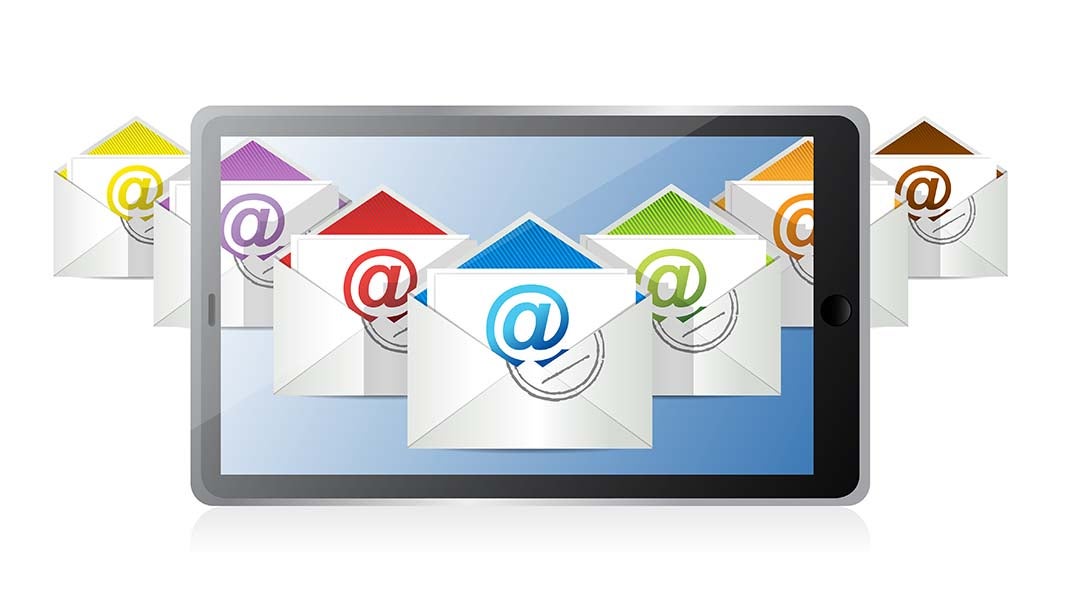
You can have the best offer of the year on your product email, but your customers will never know if they don’t open the email. When you knock on a prospect’s proverbial door, a good subject line is what determines whether or not he/she will read the email. Below are few things that make prospects more likely to welcome your message:
1. Vary subject lines.
When people see the same subject lines over and over, it can make them less likely to read the email over time. This holds true for one-off marketing messages and ongoing newsletters. Give a clue or two about what they’ll see inside to entice them to open your message. If you prefer to keep subjects consistent, at least update them to show that this is the latest edition. “January Marketing Newsletter” is more likely to get an open than “Marketing Newsletter.” Test variations to see what is most effective.
2. Skip “salesy,” overused words.
It’s common knowledge that the word “free” in a subject line is likely to land your message in the spam bin. Though you can also alienate recipients with words and phrases like “last chance,” “limited time” and “percent off,” as well. No one likes being sold to; hard sales email tactics are likely to get your message deleted.
3. Keep it short.
About two out of three emails are now opened on mobile devices. To avoid truncating subject lines, keep them under 50 characters. This requires a real economy with words. Try different lines until you have one that successfully communicates your message succinctly.
4. Localize, when possible.
Personalization is powerful. People feel more connected to messages that are meant specifically for them. Research suggests that using a city name in subject lines can increase open rates.
Related Article: Don’t Commit These 8 Email Subject Line Mistakes
5. Avoid shouting.
All caps and exclamation points are likely to get your messages caught in the spam filter, where your recipient is unlikely to ever see them. Even if they get through, the subject lines sound strident. If you do feel that your subject warrants an exclamation mark to convey its point, only use one.
6. Invite, don’t push.
A study of the most and least opened subject lines found that the ones that were most successful were straightforward and enticed the user to read more information. “[Company Name] September Newsletter” fares much better than “Last Chance for Valentine’s Specials!” Always think in terms of your customers and their self-interest; they aren’t interested in your bottom line. What can your email do for them? Can it educate, inform or entertain? A descriptive email that doesn’t come off excessively salesy or pushy is much more likely to be opened.
7. You can’t go wrong with a list.
People like enumerated lists. “Five ways to increase your sales” or “Top 10 tips to lose weight” are both subject lines likely to intrigue. They don’t overtly sell or push, they promise to inform and they tell the reader what to expect inside.
8. Tailor your subject to your list.
You should have several segmented email lists. Subject lines should be customized to fit the expectations of each one of these lists. If you have a list that is specifically for people who want notifications of sales, these can be more sales oriented. A newsletter list will not be as open to messages about specials and deals. By meeting their expectations and giving them what they want, you can increase your open and response rate.
Most people get dozens of emails every day; open rates for marketing messages tend to be low. However, by offering people the sorts of enticing and useful email messages that they want, you can increase open rates and begin building the sorts of relationships that improve your business’s bottom line.
Author: Paul de Fombelle is the Global Development Director for and email marketing app, Mailify. Currently they serve 40,000 small to mid-sized businesses around the world. Initially from an editorial background, Paul contributed to tech businesses in four countries as an expert in Digital marketing and Content strategies.
2629 Views












